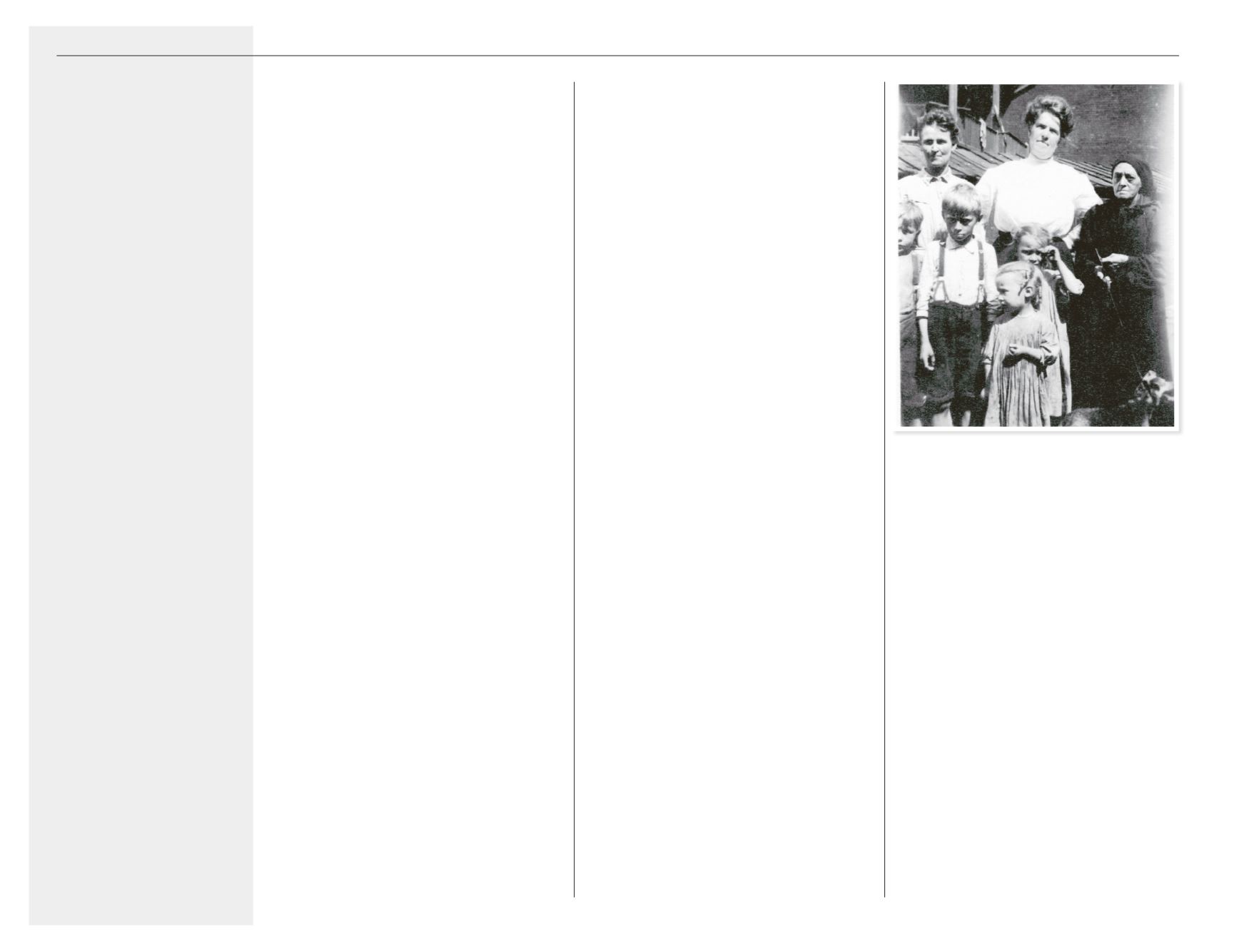

A
dvancing
T
he
K
ingdom
: K
ingdom
H
ouse
At the advent of the twentieth
century, St. Louis, Missouri was
the fourth largest city in the United
States; only New York, Chicago
and Philadelphia boasted greater
populations. Although St. Louis no
longer led the nation in the proportion of
its foreign-born citizens, a large number
of the 575,238 inhabitants were either
first or second generation Americans.
Nearly 20 percent of the city’s residents
were born outside the United States and
42 percent had foreign-born parents.
Less than a third of the population
were native-born whites born of native
parents; African-Americans constituted
6 percent of the citizenry. St. Louis
ranked seventh among the nation’s
twenty-five largest cities in number
of foreign-born inhabitants. Germans
dominated the immigrant groups, with
the Irish, English, Russian Jews, Poles,
Swiss and Bohemians following.
1
The majority of this ethnic
population was housed in the north
and south sections near the Mississippi
River as well as along the edges of
the expanding business district. The
tremendous population boom of the
latter nineteenth century, coupled with
the growth in industry and commerce,
in the absence of any city planning
whatsoever, had created not only the
magnificent mansions of the Gilded
Age, but the festering slums and
overcrowded tenements to which the
poor were consigned. Single-family
residences gave way to multi-family
tenements and boarding houses as
factories encroached. On the near north
side was the infamous Irish “Kerry
Patch,” known for its violence and
grinding poverty.
Journalists of the time – denounced
as “muckrakers” by President Theodore
Roosevelt – decried the conditions of
the urban poor. The most famous--Ida
Tarbell, Upton Sinclair and Jacob Riis
– took photographs and wrote of New
York and other teeming cities. But
St. Louis had its own commentators.
An 1878 account of children living on
the streets, called “Street Arabs” in the
language of the time (not as an ethnic
designation but to indicate their lack of
permanent residence, like the Bedouin
peoples of the Middle East), illustrates
how these homeless youth were viewed:
The Street Arab of both sexes in
St. Louis are divided into tribes or clans,
and susceptible of a classification into the
working Arabs and the thieving, heathenish
class. Among the first-named class may be…
the corps of boys who hang around to do
chores about houses, stores, shops, stables,
etc. Among the female Bedouins are to be
found match sellers, dealers in pins, needles,
combs, etc…
Then we meet another class of
Arabs, namely, the idle and vicious
ones, who neither seek nor wish to find
employment. These…juvenile pariahs…
are most numerous in the neighborhood
of…Seventh and Eighth streets…‘Kerry
Patch’ is celebrated for its bands of young
Bedouins…
2
This attitude had not changed by the
next century.
Like other larger U.S. cities, St. Louis
faced difficulties like crime, juvenile
delinquency, poverty and the disease
associated with an overcrowded urban
center. And like other metropolises,
the River City was under equipped
and lacked social service agencies to
tackle these problems. Public sentiment,
influenced by the emerging secular
discipline of Social Work as well as
the Christian Social Gospel, was only
beginning to include environmental
factors – by which they meant social
conditions in the broad sense – as
a cause of poverty. This marked a
decisive shift away from the earlier
belief that persons who were poor were
to be blamed for their plight. Like the
young intellectuals of Toynbee Hall,
who inspired New Yorkers as well as
A
P
hoto
:
A:
An immigrant family who
participated in the Sloan
Mission
A
t
the
advent of
the
twentieth
century
,
S
t
. L
ouis
, M
issouri was
the
fourth
largest
city
in
the
U
nited
S
tates
;
only
N
ew
Y
ork
, C
hicago
and
P
hiladelphia
boasted
greater
populations
.
2















